“Erieta Attali is such an engaged observer: that thoughtful eye which can read the landscape and its multitude of component elements. To do so, she has chosen extreme landscapes that she has deemed peripheral”.
-text by Marc Mimram
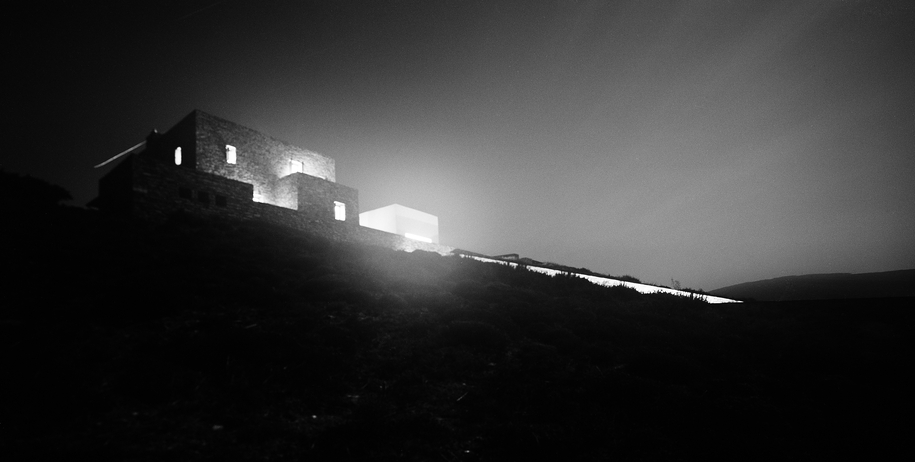
DECA Architecture, House in Antiparos Island, Greece
Geography is the matrix of any project: it is fundamental and determines the logic of any intervention. If one sees architecture as a transformative art, one needs to understand a landscape in terms of its capacity to influence and potentiate a project and to accommodate change.
If the project is to happen, one must recognize the landscape and be ready to see it changed by man’s building work.
So it is necessary to observe and understand without aspiring to any sort of objectification, and this involves adopting the outlook of an observer.
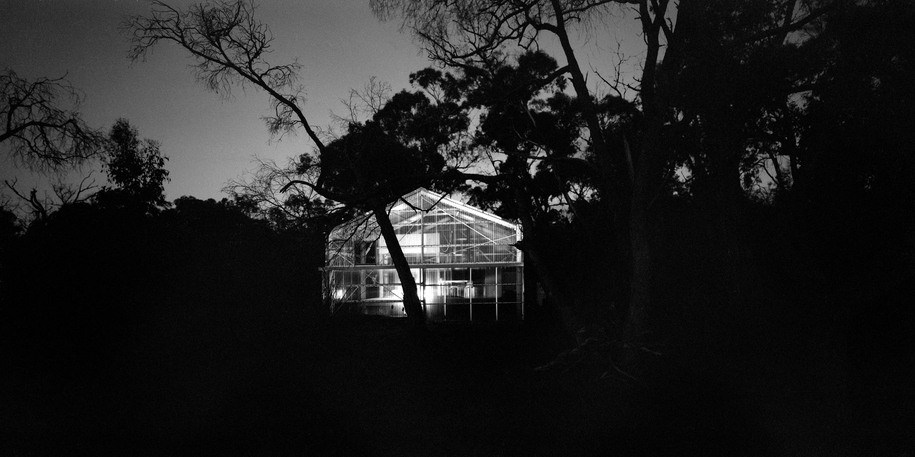
Baracco+Wright Architects, Garden House, VIC, Australia
Erieta Attali is such an engaged observer: that thoughtful eye which can read the landscape and its multitude of component elements. To do so, she has chosen extreme landscapes that she has deemed peripheral. These landscapes are not untouched; no landscape really is. And because man’s presence is tenuous his tracks are distinct. She sets her feet in the footprints of the discoverers so as to set out for us the fragile, the ephemeral, the force of any intervention, and the power of any transformation.
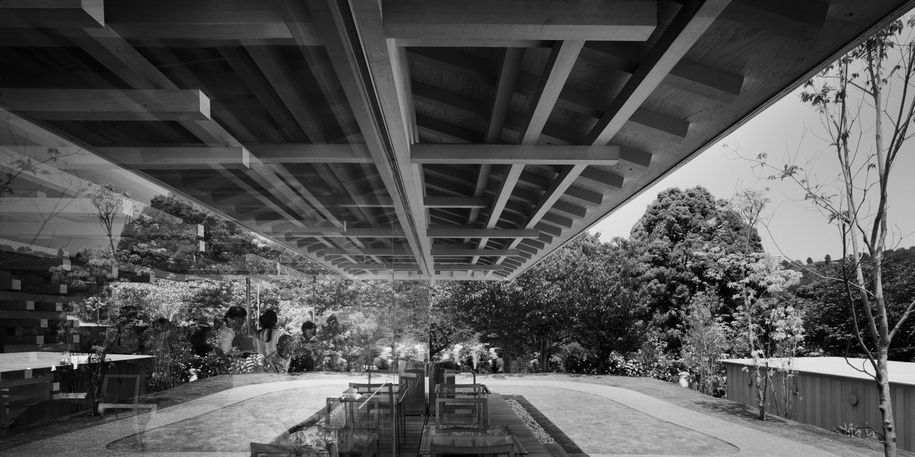
Kengo Kuma Architects, Coeda House Cafe, Izu, Japan
A landscape is a geography informed by history. Traces of all interventions evoke a coming together of memories, of changes inscribed on the earth: for instance those worked by the men who marked out the paths, the roads, the infrastructure that brought us here, or the men who mined and quarried, assembled materials and built with them to make shelter for themselves and allow them to live here.
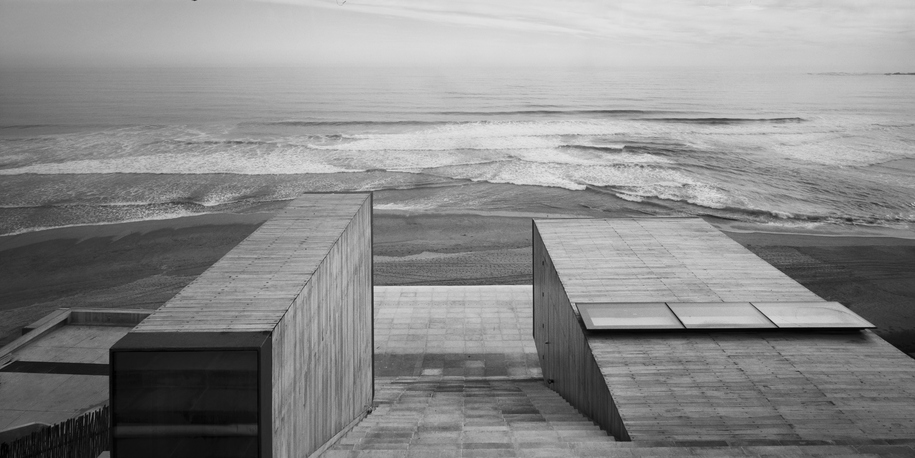
Max Nunez, House in Zappalar, Chile
That thoughtful eye proffers us the filter of its sensibility to awaken us to the conditions of the site, and our answerability for its radical transformation. Never mind “perfect integration,” which scarcely exists; on the contrary, the project should consciously search for the right way of making the profound transformation of the landscape that any construction entails.
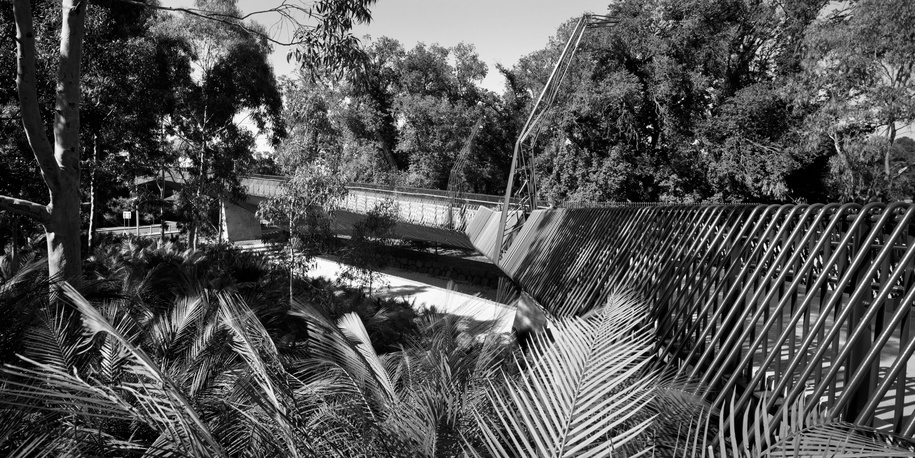
NADAAA Architects and John Wardle Architects, Tanderrum Pedestrian Bridge, Melbourne, VIC, Australia
Attali’s photography is invaluable for this, because it identifies the setting and the bounds and shows the layers of the landscape to focus on, and sometimes the building project. She invites the horizon, the meeting point of land and sky, to draw in the eye as if by gravity. It is here that the tension of all our buildings is anchored, those that rest upon the earth and those that strive upwards out of it, those rooted in it, those proclaiming an assertive massiveness, or those expressing an airy lightness, real or apparent, in their structure.
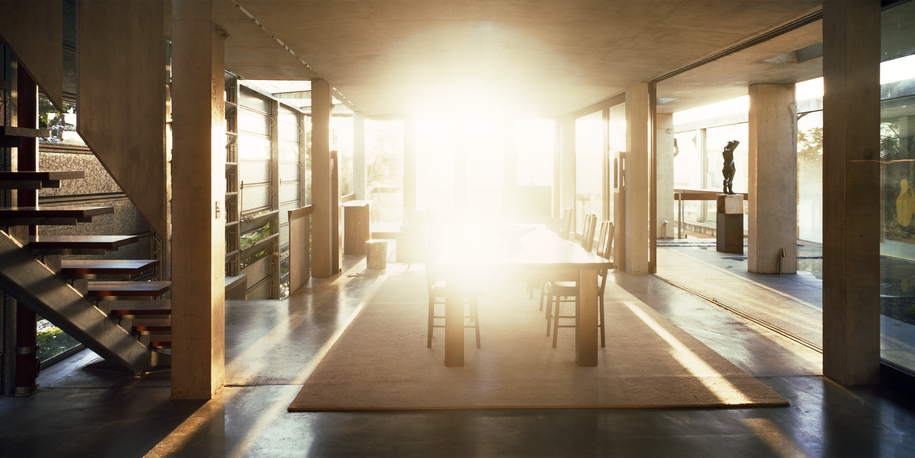
Peter Stutchbury, Springwater house, NSW, Australia
This sensitive reading that the photograph provides enables us to take our place in it, or, rather, to traverse it with a focused gaze. The images are stretched between the bounds of the frame like a cord running around the horizon. Light becomes material; black becomes a texture.
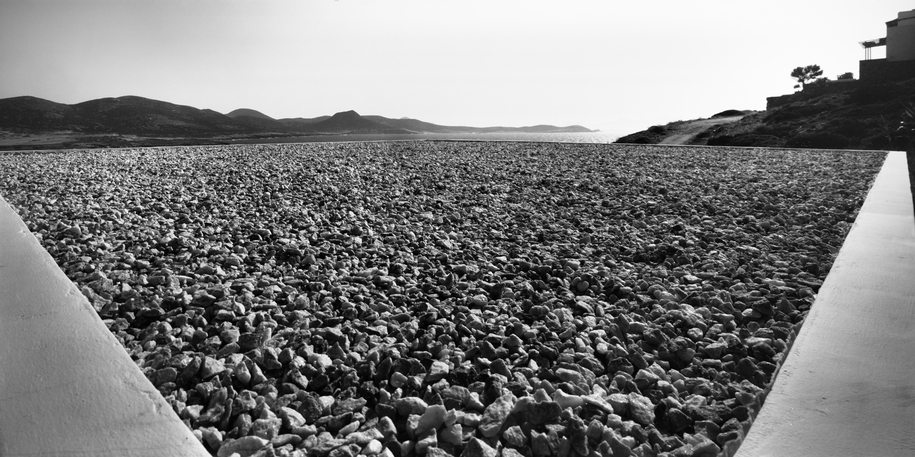
ARP, Architecture Reseach Practice, Private House in Antiparos
Between the built landscape (whether or not inhabited) and our eye, drawn by the photograph of it, there opens up a questioning of the limit, or limits: the immediacy of being there, the physicality of photographs, the experience of the extreme.
The materiality of the subject flows across to the materiality of the treatment of the image: inert masses start to float above the horizon, waterfalls reveal how gravity yearns for verticality; transparency flaunts itself like a lure between the reflection of a subject and its metamorphosis.
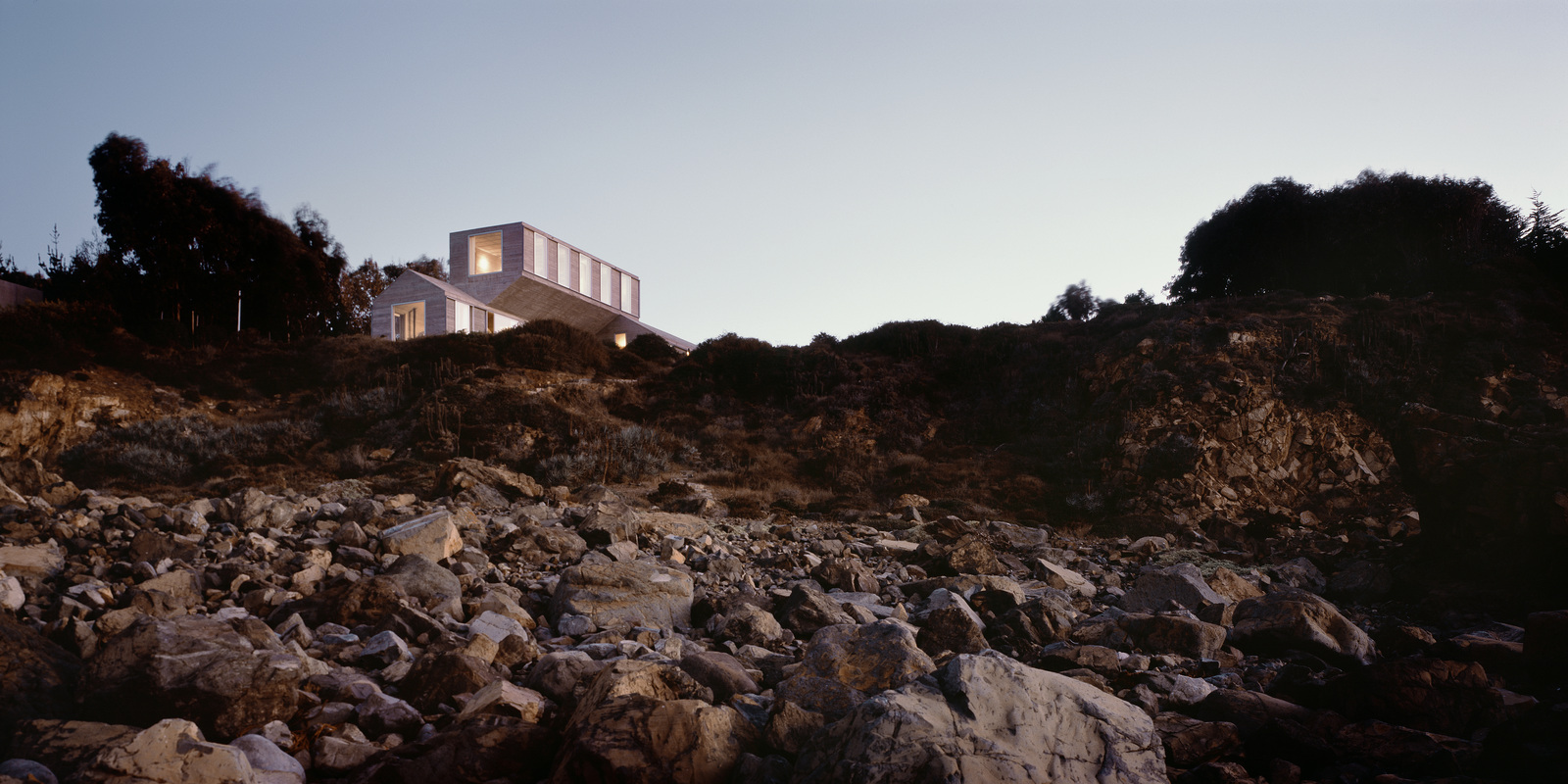
Cecilia Puga, House in Los Vilos, Chile
Erieta Attali worked for a long time on the historical traces of archaeological sites, and that experience informs her sensitive work on today’s contemporary architecture, which is formed, materially and spatially, through the people who conceive it, build it, and inhabit it, whether they are present in her images or not. Her gaze is keen and cutting, like a whiplash that rouses our sensibility, our responsibility amid the pleasures of imagination and execution.
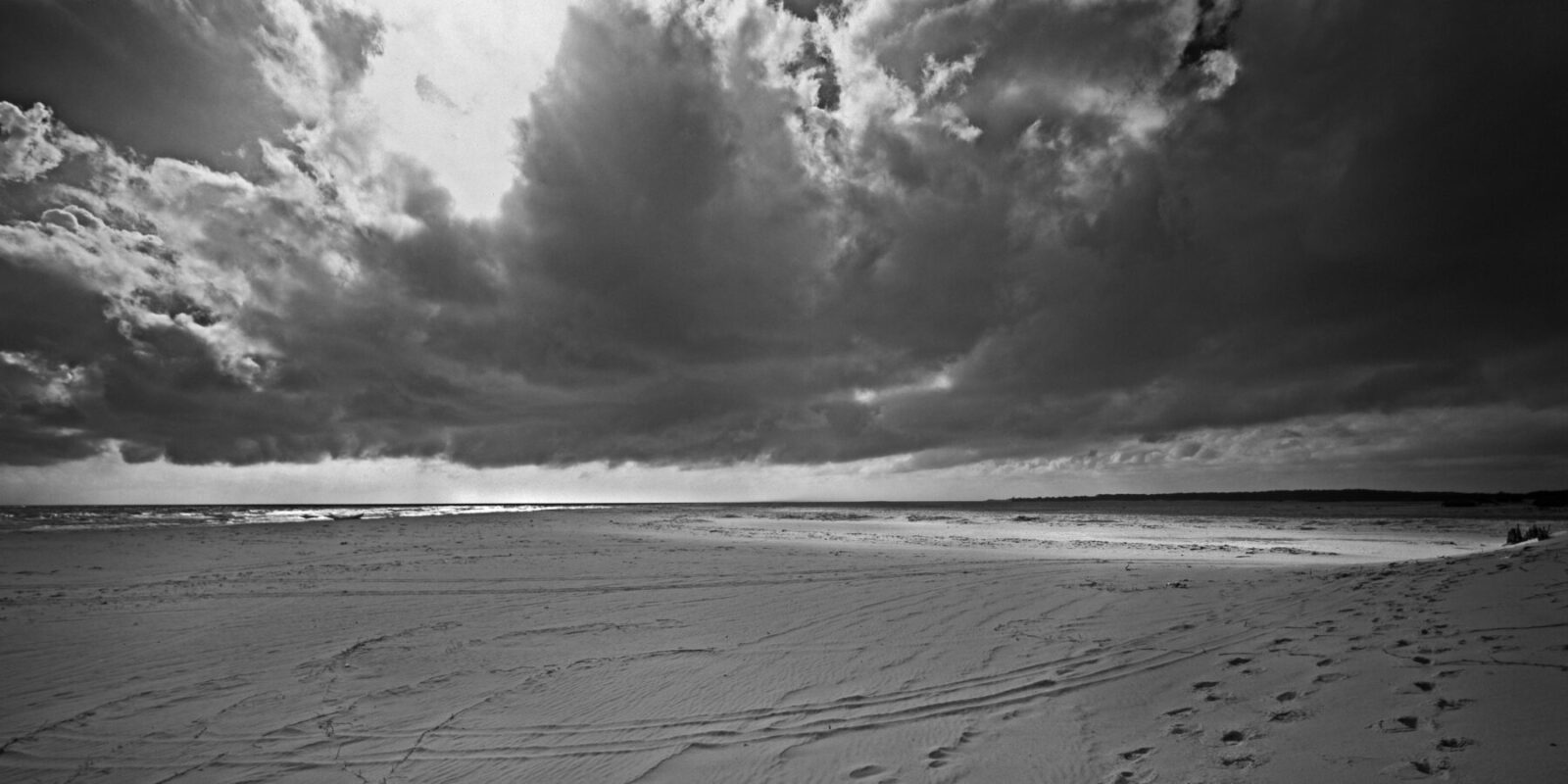
Cabure, Antlantic Ocean, Brazil
Cover photo: © Erieta Attali | Marc Mimram Architects, Zhong Sheng Bridge.
READ ALSO: ARCHISEARCH PORTFOLIO REVIEWS 2021_OPEN CALL for Portfolio Submissions | Archisearch & Design Ambassador